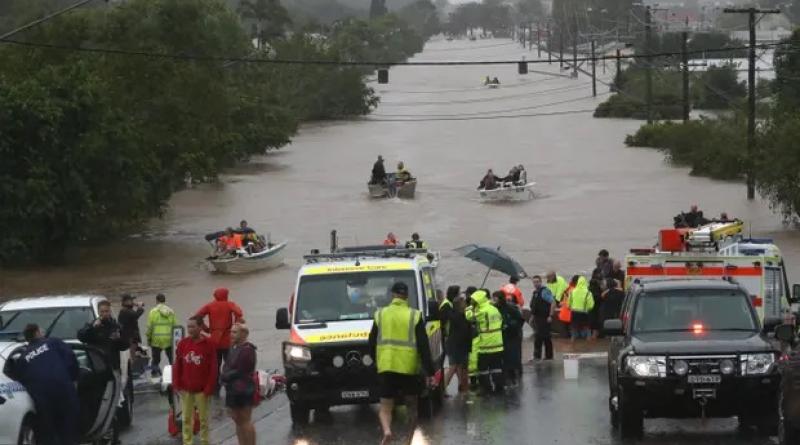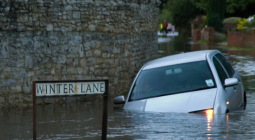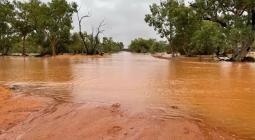In Lismore, this is more than a flood, it is a catastrophe – and I am still praying we will be saved

Australia needs to decide how much worse we want these disasters to get and take the climate action needed to keep people safe
In Lismore we have experienced floods forever. But this is not a flood, this is a catastrophe. This is extreme. This is a giant, angry river in the sky. This is climate change. I’ve seen people sitting on their roofs, panicking, screaming in fear – hoping their lives will be spared.
My friends are in tinnies, the same friends that always jump in their tinnies during floods. Usually, they go from veranda to veranda to visit and check up on the families, sitting there with their chooks, dogs, cats, rabbits, sometimes a goat or a sheep. There is always a place on the veranda for the wildlife too. They have a beer together and talk about how long until the river unswells, the clean-up, and ask if everyone has got what they need. They talk about how this flood is different from the last one. They talk about the big one in 1974. Even if they weren’t there.
This time my friends are going from rooftop to rooftop risking their lives, wondering if they will be in time. They are worried about how many people are trapped in their roof cavities and unable to get to their rooftops, and whether they will be left behind.
Even the State Emergency Service early this morning had to relocate its headquarters because it was at risk.
If you had a flood plan – which everyone on flood-prone land does, especially since 2017 – it was meaningless. We have the 1974 flood imprinted in our cultural fibre. It was the biggest flood. There are markers on power poles all round town. These are the floods of the past. They are not the floods of today, the floods of climate change.
The official early warnings this time were better than before. The CBD business owners responded with vigour. On Monday they were all in their community businesses lifting their precious gear up high and people were everywhere helping each other. This happened regularly in the days before the levee was built in 2005. They said the levee would breach, as it did in 2017. No one wanted to be caught out again like last time.
The official warnings said the river would peak around 5am. Just before midnight last night the warning said it was going to be bigger than noted in the last warning, possibly bigger than 1974 – which was at 12.15m.
It came bigger and earlier. It’s now above 14.4m and it’s still raining and there is a still a monster of a system sitting above it all. What is the most a flood can be in our basin? Is it 15m? Why had we not planned for that?
Between 3am and dawn there was not enough help. At dawn there were not enough boats. People are doing everything they can. I can’t fathom what comes next for my community.
In 2019 my poor region saw the beginning of the catastrophic climate change fires. We fought against the rainforests burning. Rainforests don’t burn. We now face another instance of what has never happened before. We can no longer simply look to the past and talk about 1974 or one-in-100-year events. We need to look at what is happening right now. It’s a disaster.
We need to look towards the future and decide what kind of future we want. Climate change has happened, it is going to get worse – the decision is how much worse do we want this to get. Strong action on climate change is not simply a flood plan or a fire plan, it means no new coal and gas, decarbonising our economy, making our planning system climate centred and keeping people safe.
People are heroes and are saving lives. People have lost absolutely everything. Animals are dead. Floods go under our tall houses. The worst floods go over the floorboards in our low-lying tall houses. I am still praying we will be saved.
This is an emergency – a climate emergency.
cover photo: Lismore on Monday. ‘If you had a flood plan – which everyone on flood-prone land does, especially since 2017 – it was meaningless.’ Photograph: Jason O'Brien/AAP





